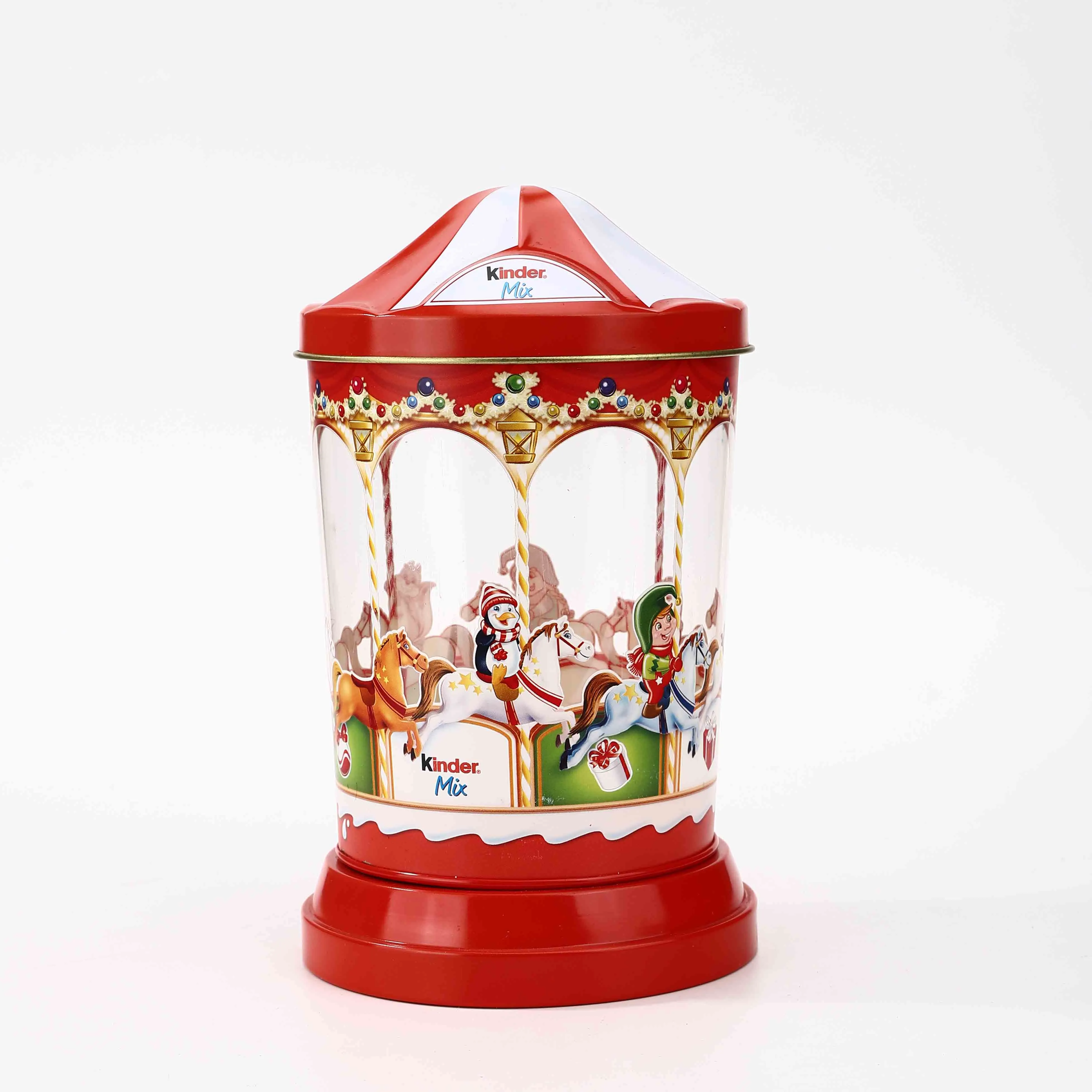សីហា . 07, 2024 17:03 ត្រឡប់ទៅបញ្ជី
Sustainability and Recycling of Tin Cans
Tin cans are a common and essential part of daily life, used extensively for packaging food, beverages, and various other products. Their durability, versatility, and ability to preserve contents have made them a preferred choice for manufacturers and consumers alike. Beyond their practical uses, tin cans also play a significant role in sustainability and environmental protection through their recyclability. This article explores the sustainability aspects and recycling processes of tin cans, emphasizing their positive impact on the environment.
Sustainability of Tin Cans
Tin cans are primarily made from tinplate, a thin sheet of steel coated with a layer of tin. This combination ensures strength, durability, and resistance to corrosion, making tin cans suitable for a wide range of applications. One of the key sustainability features of tin cans is their ability to protect and preserve food, significantly reducing food waste. By providing an airtight and light-proof barrier, tin cans help extend the shelf life of perishable goods, ensuring that food remains safe and consumable for extended periods.
Another aspect of their sustainability is their production process. Although the initial production of tinplate requires energy and raw materials, the longevity and reusability of tin cans offset these resource inputs. Tin cans can be reused multiple times before recycling, making them an efficient and sustainable packaging option.
Moreover, the use of tinplate in cans involves fewer harmful chemicals compared to other packaging materials, such as certain plastics that may leach chemicals into the contents. This makes tin cans a safer choice for food and beverage storage, aligning with health and safety standards.
Recycling Process of Tin Cans
Recycling tin cans is a straightforward and efficient process, contributing significantly to reducing environmental impact. Tin cans are one of the most recyclable packaging materials available, and the recycling process helps conserve natural resources, save energy, and reduce landfill waste.
The recycling process begins with the collection of used tin cans through curbside recycling programs, recycling centers, or return schemes. Once collected, the cans are transported to recycling facilities, where they undergo a series of steps to be transformed into new products.
First, the cans are cleaned to remove any remaining food or beverage residue. This is an important step to ensure the quality of the recycled material. After cleaning, the cans are shredded into small pieces to facilitate further processing. The shredded metal is then passed through a magnetic separator to separate the steel from any non-metallic materials. The steel pieces are then melted in a furnace, and the tin coating is removed through a process called detining.
The molten steel is poured into molds to form ingots or rolled into sheets to be used in the production of new tinplate. This recycled tinplate can then be used to manufacture new tin cans or other steel products, creating a closed-loop system that maximizes resource efficiency and minimizes waste.

Environmental Benefits of Recycling Tin Cans
Recycling round tin cans offers numerous environmental benefits. One of the most significant advantages is the conservation of natural resources. By recycling steel, the need for virgin materials, such as iron ore, is reduced, preserving these finite resources for future generations. Additionally, recycling steel requires significantly less energy compared to producing new steel from raw materials, leading to substantial energy savings and a reduction in greenhouse gas emissions.
Another critical benefit is the reduction of landfill waste. Tin cans are often disposed of in landfills, where they take up valuable space and can potentially cause environmental harm if not managed properly. Recycling tin cans diverts them from landfills, reducing the burden on waste management systems and mitigating the environmental impact of landfills.
Furthermore, the recycling of tin cans supports the circular economy, where materials are continuously reused and recycled, creating a sustainable system that minimizes waste and promotes resource efficiency. This circular approach is crucial for achieving long-term sustainability goals and reducing the overall environmental footprint of packaging materials.
Challenges and Future Outlook of Recycling Tin Cans
While the recycling of rectangle tin cans is highly beneficial, there are challenges to address. Contamination of recycling streams with non-recyclable materials can hinder the efficiency of the recycling process. Public awareness and education about proper recycling practices are essential to ensuring that tin cans are correctly sorted and recycled.
Technological advancements in recycling processes and infrastructure can also enhance the efficiency and effectiveness of tin can recycling. Innovations in sorting and processing technologies can improve the quality of recycled materials, making them more viable for reuse in high-quality applications.
The future of tin can sustainability looks promising, with increasing emphasis on recycling and resource conservation. As awareness of environmental issues grows, the demand for sustainable packaging solutions like tin cans is likely to increase. By continuing to invest in recycling technologies and promoting sustainable practices, the tin can industry can play a vital role in achieving a more sustainable and environmentally friendly future.
Longzhitai: Your Reliable Metal Packaging And Specialty Compound Packaging Manufacturer
Metal packaging and specialty compound packaging play a vital role in many of food fields. Only by purchasing from trustworthy manufacturers can quality and precision be guaranteed. Longzhitai is a leading manufacturer of metal packaging and specialty compound packaging in China, With many years of industry experience and excellent reputation, is able to be your reliable supplier. Contact us now to get more information.
-
durable-chocolate-rectangle-box-packaging-for-bulk-buyers
ព័ត៌មានAug.22,2025
-
premium-aluminum-box-wholesale-solutions-for-stylish-secure-packaging
ព័ត៌មានAug.22,2025
-
Small Square Tin Manufacturing Process
ព័ត៌មានAug.11,2025
-
Design Ideas for Round Biscuit Tin Box
ព័ត៌មានAug.11,2025
-
Design Ideas for Heart Box
ព័ត៌មានAug.11,2025
-
Cost Analysis of Rectangle Tin Can
ព័ត៌មានAug.11,2025




















